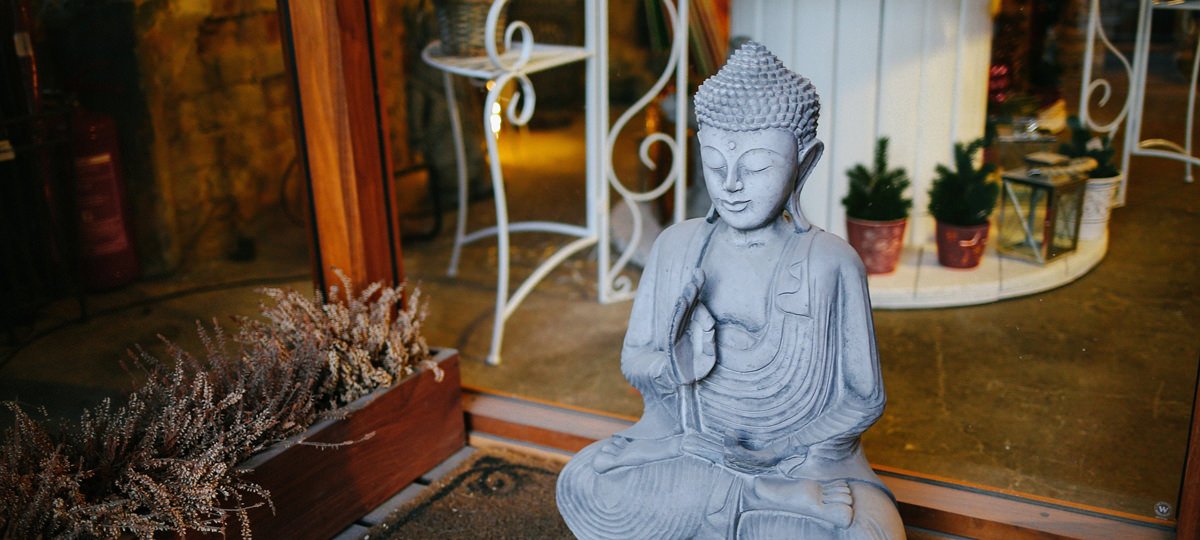
The Garhwal Himalayas in Uttarakhand are the abode of the Triyuginarayan Temple. The region’s religious significance, along with the beauty of the Himalayas, as a pilgrimage destination doubles as an extraordinary and sacred wedding venue. According to Hindu mythology, this is the very site where Lord Shiva and Goddess Parvati were married in the presence of Lord Vishnu as the divine witness. This sacred connection makes Triyuginarayan Temple an ideal and spiritually known venue for couples seeking a traditional Vedic wedding blessed by ancient history and nature’s majesty.
The process of organizing a wedding event in a distant mountain community demands exceptional planning, mainly because of its requirements to schedule Purohit (priest) contributions and spiritual ceremonies. This guide provides an in-depth explanation of temple wedding ceremonies, in addition to Purohit service expectations and steps for easy arrangement details.
The legend says this holy place became the wedding venue for Lord Shiva and Goddess Parvati under the blessing of Lord Brahma, who served as the marriage officiant. Having a Purohit lead wedding rituals at Triyuginarayan Temple represents the reenactment of the divine ceremony, which serves as the basis for all marriage traditions at this holy site. During the wedding ceremony, the Purohit plays the role of Brahma by conducting Vedic rites to bless the couple with eternal harmony.
The Purohit, or priest, plays a central role in conducting the wedding rituals at Triyuginarayan. Most of these priests are locals who have inherited the role through generations. Temple staff possess both expertise in Vedic scriptures and a full understanding of temple traditions.
They also perform the havan (sacred fire ritual), but also guide the couple through every important step, such as Ganesh Puja, Kanyadaan, Mangal Pheras, and Saptapadi (seven steps). The ceremonies take place in front of Akhand Dhuni, which burns as an eternal flame from the time of the wedding between the gods.
Booking a Purohit at Triyuginarayan should be one of the first things you finalize once your dates are confirmed. Because the temple has become a popular wedding spot, especially between April and November, the demand for local priests often exceeds availability during peak months.
You can book a Purohit in the following ways:
The cost of hiring a Purohit in Triyuginarayan can vary based on the flow of the ceremony and the additional rituals involved. Typically, the charges range between ₹5,000 to ₹15,000, which includes:
The costs will rise moderately when including pre-wedding rituals, Gauri puja, Ganesh puja, Rudra abhishek, etc, and visiting nearby temples like Kedarnath or Kalimath.
Most local priests offer a complete ritual package, meaning they will bring all the required puja materials, including:
However, it is always a good idea to confirm the list of items with the Purohit in advance. Certain couples choose to involve particular personal or family possessions such as wedding attire and mangalsutra, together with sindoor during their marriage ceremony.
The usual wedding rituals at Triyuginarayan Temple include:
The ceremony at the temple spans from 1.5 hours to 2 hours. This takes place in the Triyuginarayan temple courtyard or adjacent temple platforms.
Aside from the main priestly services, many weddings at Triyuginarayan also include:
Eco-friendly wedding setups include wooden mandaps and organic flowers that wedding organizers provide to bring spiritual experiences with sustainable practices.
The Triyuginarayan Temple provides a sacred venue that allows couples to experience spiritual union through a wedding that ties their souls in the same spot where Shiva and Parvati shared their vows. The Purohit holds extensive responsibility in creating an authentic sacred ambiance because they lead every ritual with devoted commitment to the bride and groom throughout the ceremony.
The seamless unity between tradition and spirituality, along with the Himalayan charm, can be achieved through proper planning, which includes arrangements for priest services and ritual materials at Triyuginarayan.